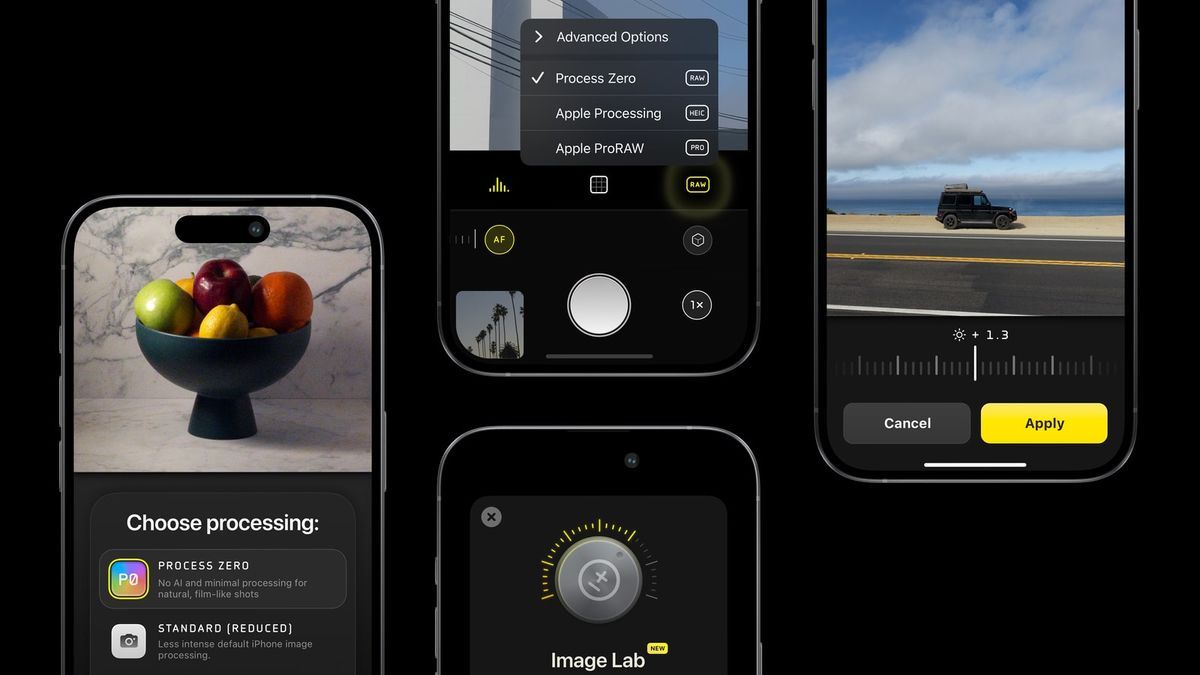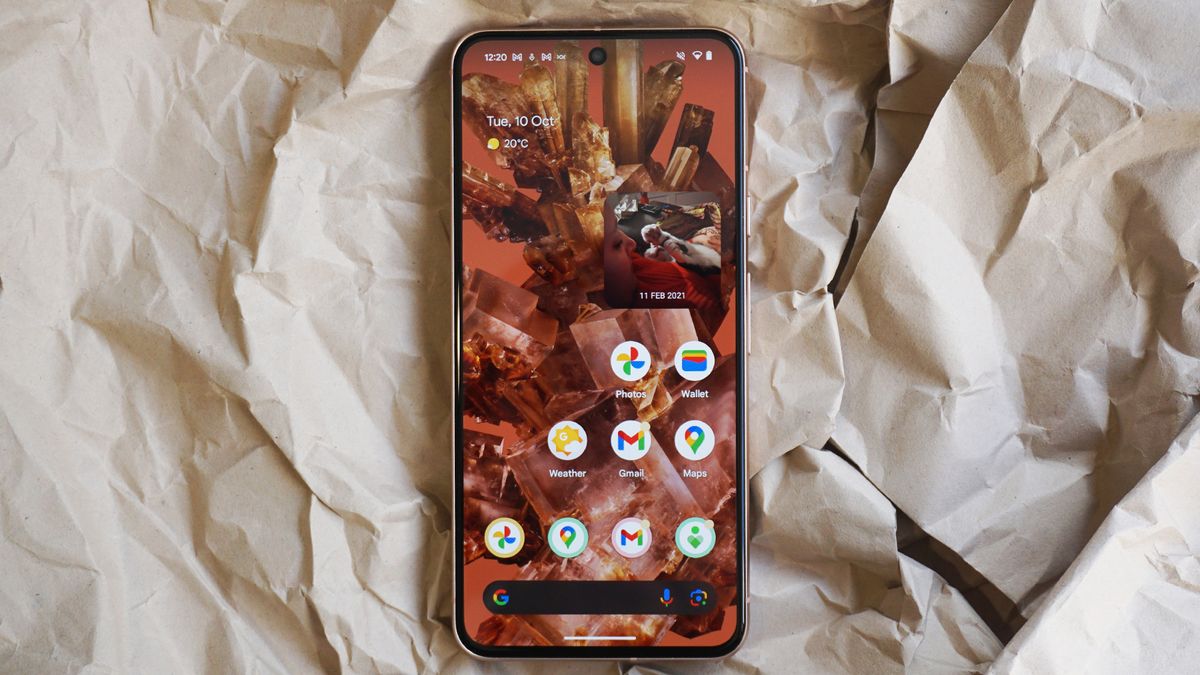The best iPhones do an incredible amount of image processing in the background every time you take a photo, and much of this processing is done by artificial intelligence (AI) algorithms. However, sometimes that's not ideal, and instead you just want the original, unfiltered image so you can edit it however you want. In those cases, popular photography app Halide might have just what you need.
That's because the latest version of the app, update 2.15, has introduced a new feature called Process Zero, as explained by the app's developer in a recent blog post. This feature comes with “zero AI – no computational photography at all – giving photographers an alternative to the increasingly AI-based processing and tools on smartphones,” the developer says, potentially giving you results much closer to what you'd expect from a more traditional camera.
Halide has offered tools like this in the past, but they've always reduced the level of processing your iPhone does, not stopped it entirely. With Process Zero, you have complete control over the post-processing you want to apply to your images, without needing your iPhone to perform any steps for you. That gives you more choice with your iPhone photography and means fewer “sacrifices as an artist,” says Halide's developer.
Not quite what you're looking for? Don't worry, you don't have to use Process Zero. Halide will let you use standard iPhone processing, reduced image processing, or ProRAW image capture if you prefer.
Real and raw photography
Taking photos with Process Zero can present some difficulties for inexperienced photographers. As the developer says, it “works best in daylight or mixed light, rather than night shots,” where lighting isn’t optimal. Similarly, the iPhone’s AI intelligently balances light and dark areas when both appear in the same shot, something you’ll have to manually fix if you’re using Process Zero.
And because of Apple's computational photography tied to the hardware in its iPhones, Halide's Process Zero is limited to 12MP shots instead of the full 48MP resolution that modern iPhones can capture.
But all those trade-offs will be part of the appeal for a large group of iPhone-using photographers. Without Apple’s AI tweaking your images (bringing its interpretation of what makes a “good” image that might not match yours), you have more leeway to apply your own post-processing effects to get the results you want. If you want to capture some noise in your images, for example, or just want to get the digital equivalent of photographic negatives to use however you want, Halide’s new feature will be tempting.
Anyone who loves taking photos with their iPhone but is frustrated by the lack of control they have over the end result will probably be tempted by Halide's Process Zero. Once you start using it, you might find that the results are exactly what you're looking for.









